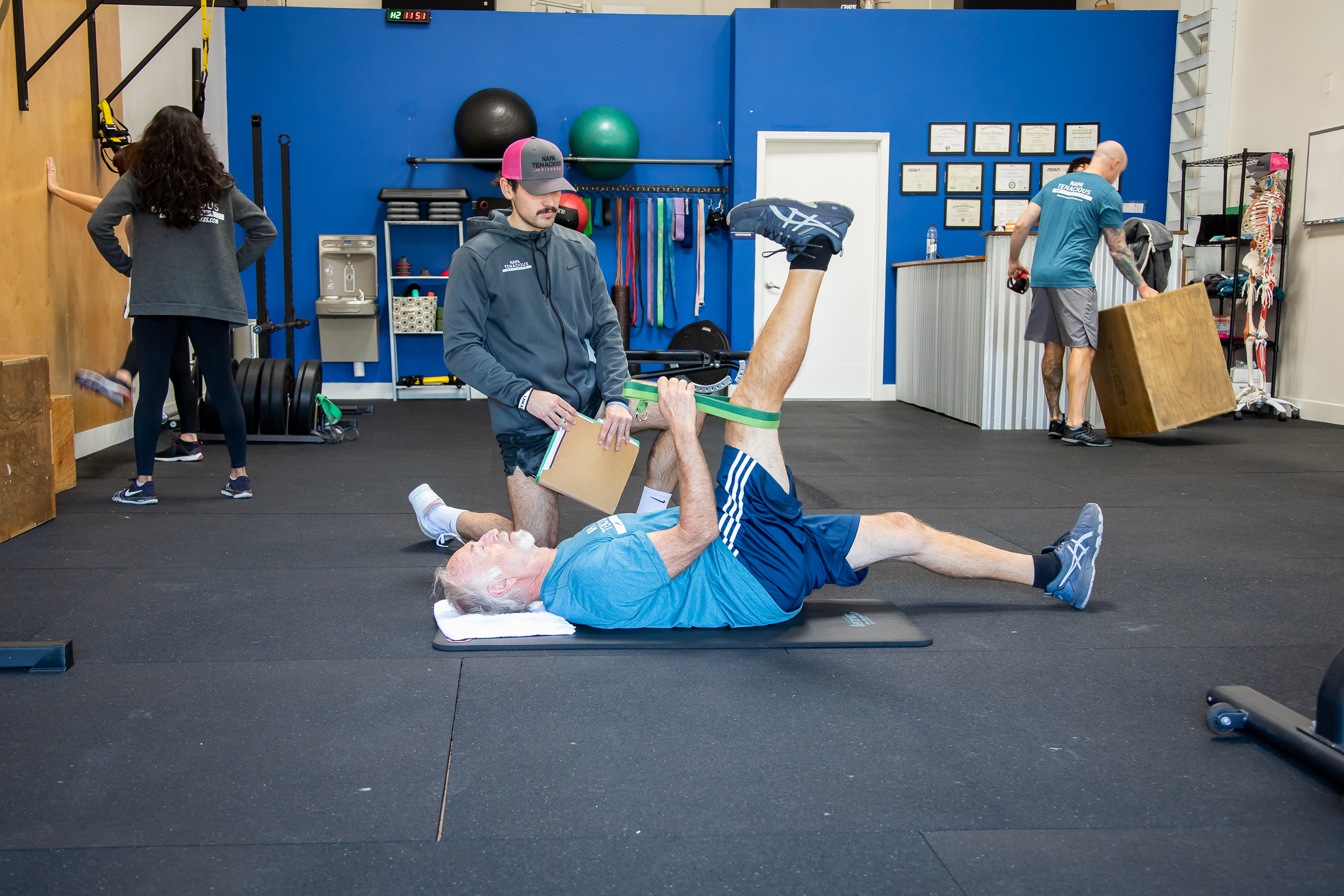As I was meandering through my garden over Memorial Day weekend, basking in the glowing Napa sunlight and enjoying the refreshing Northern California breeze, I went to move my wheelbarrow away from one of my garden beds. The bok choy in my garden was thriving. However, something disturbing residing within the bed of the wheelbarrow caught my attention. A pool of rusty, putrid water was the antithesis of the majestic display of my bok choy plants that were hemorrhaging with life.
I overlooked the detrimental effects of leaving standing water in the base of my wheelbarrow. Normally meant to move soil from one of end my yard to the other, my wheelbarrow became a cesspool of rusty, algae-concentrated water that also served as a neonatal intensive care unit for mosquito larvae. I learned a valuable lesson not to have standing water remain in one place for too long.
I related this scenario of standing water to what can happen to the human body if a person’s body remains in one position for prolonged periods. The standing water in my wheelbarrow bed was probably there for about a month. Humans can’t remain in one place for a month. However, their activity levels can reach sedentary states in which movement becomes significantly hindered.
Prolonged sitting, lack of physical, and absence of a consistent exercise routine can produce similar circumstances to a pool of water that lies stagnant for a while. The main difference is, that the human body is an organic structure composed of living cells that depend on movement. Once movement is minimized, the fluids present in the body slow down. More importantly, bones and joints depend on a steady flow of movement. Decreased bone and joint movement and lack of physical can lead to the debilitating symptoms of pain and weakness that fall under the category of arthritis.
It might seem farfetched to compare stagnant water that had been neglected to be dumped out to how the development of arthritis and degenerative muscle, joint, and bone diseases occur in the human body. However, the concept of complacently putting physical activity on the back burner isn’t too distant from letting a puddle of water in a wheelbarrow sit and develop a volatile environment.
Skeletal muscle tissue depends on the interaction of oxygenated blood flow rich in electrolytes, nutrients, minerals, sugars, and protein to function efficiently and support our everyday movements. As the body stays in motion, the muscles utilize sources of energy and building material to keep up with the demands of work and energy expenditure necessary for optimal movement. Additionally, moving through ways of recreational physical and routine exercise, our body identifies an imposed demand and creates adaptations to continue interacting in the physically demanding environment we exist in by continuously resynthesizing damaged muscle cells. This creates stronger working skeletal muscle and enhances energy systems of our aerobic capacity which increases our endurance and prevents us from getting fatigued.
Inactivity within muscles becomes present when routine exercise and regular physical activity are neglected. This sedentary environment creates the opposite circumstance of a human body that stays in motion and engages in regular physical activity. As a result, a decreased oxygenated blood flow, hormones, and healthy nutrients are transported to the skeletal muscle and other important organs of the body. Additionally, muscles lacking physical activity lead to decreased muscular contraction and movement of the tendons and ligaments. This lack of movement can create a brittle and less pliable structure for muscles, tendons, ligaments, and bones. Similar to how a hose left out in the sun in our backyard for a few months gets cracked and loses elasticity, the rubber material of the hose can tear, rupture, or split. Our muscle cells and connective tissue receive similar byproducts during decreased physical activity.
Routine exercise including resistance training tactics targeting the upper extremities, core, and lower extremities plays a critical role in conveying adaptations produced by the constructive stress resistance training delivers to bones, ligaments, tendons, and muscles. Microscopic cellular damage connective tissue receives from strategic resistance training introduces an adaptation within connective tissue cells to produce a stronger, more durable infrastructure in the way of increased collagen and bone cell reinforcement. Therefore, resistance training assists in increasing bone mineral density and joint integrity to fend off detrimental effects of degenerative bone and joint diseases such as arthritis, osteoporosis, or rheumatoid arthritis. Additionally, inputting stretching and mobility exercises can promote blood flow distribution to joints and muscles.
The benefits of a body being in motion more than standing still are critical to our everyday health and functionality. By maintaining a productive state of physical activity, we can significantly reduce the likelihood of a stagnant fitness level by exercising regularly and being mindful to keep moving.
Sean McCawley, the founder and owner of Napa Tenacious Fitness in Napa, CA, welcomes questions and comments. Reach him at 707-287-2727, napatenacious@gmail.com, or visit the website napatenaciousfitness.com.

